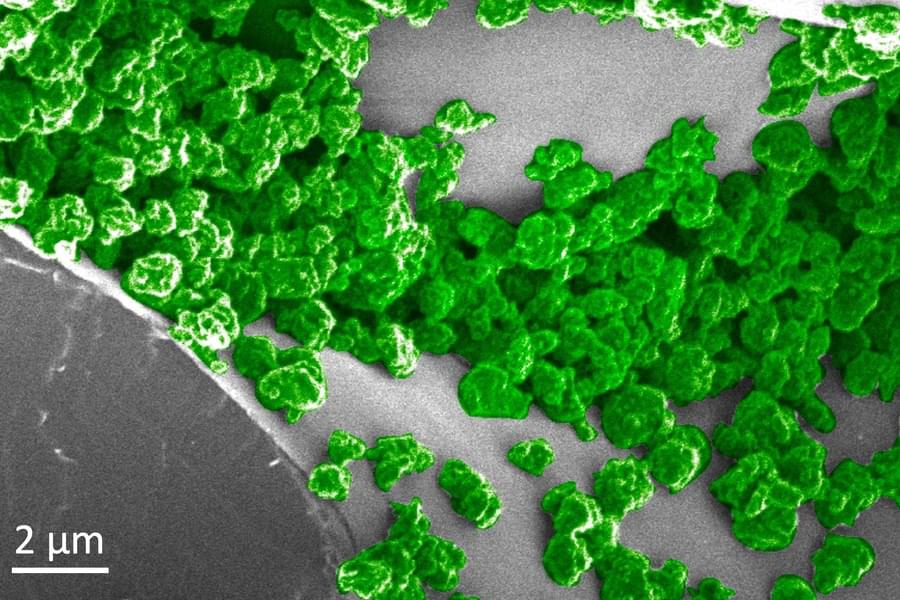I tried to warn them.-Elon Musk.
Elon Musk has warned humanity many times about the dangers of superhuman AI. He thinks the advent of digital superintelligence will bring about profound changes to human civilization. Elon Musk thinks the technological singularity could either be super beneficial or it could be terrible for our society. Elon said that no one knows for sure the impact superhuman AI will have on our world but that one thing is for certain: We will not be able to control it. He thinks artificial intelligence will be used as a weapon and warns that the lack of AI regulation could mean it’s already too late for humanity.
Elon Musk now has adopted a “fatalistic” attitude towards the AI control problem because he feels that nothing is being done to try to mitigate the negative effects of future AI systems.
The reasonable concern about a possible extinction level event from digital Superintelligence stems from the period of time in which Narrow AI achieves artificial general intelligence. Where presumably in this time frame we can do something to stack the odds in our favor.
Today, right now, with our seemingly endless desire for better, faster and cheaper technology, we are collectively contributing in building future AI systems. Whether we are aware of it or not. As Elon Musk put it: We are the biological bootloader for AI.







